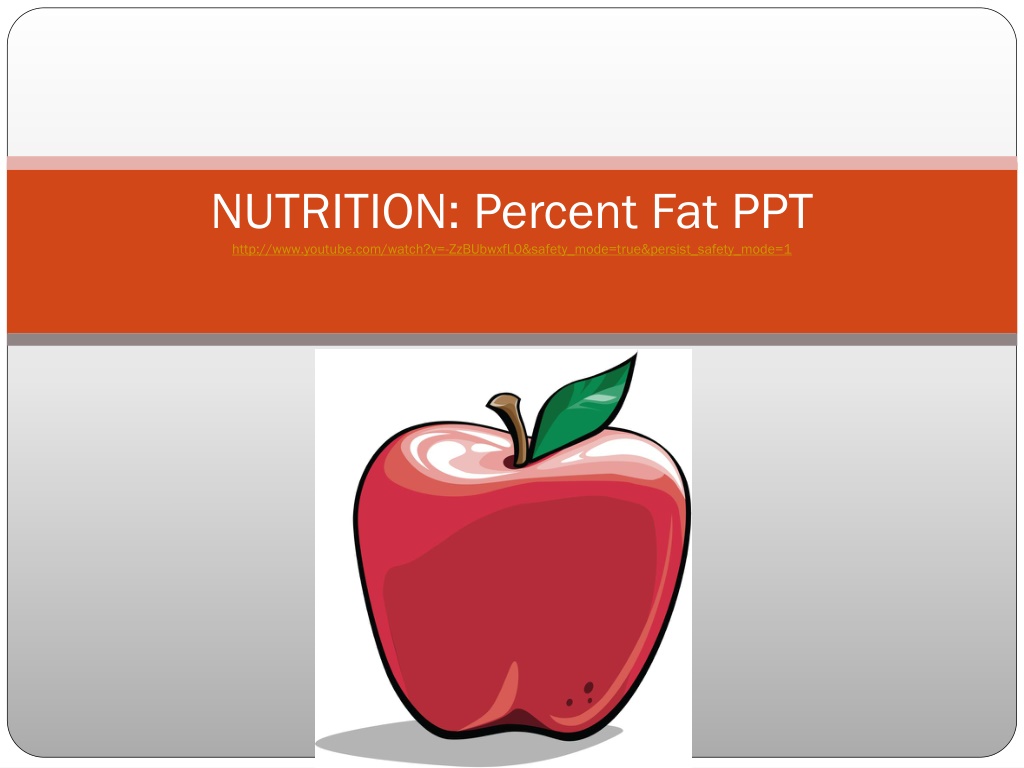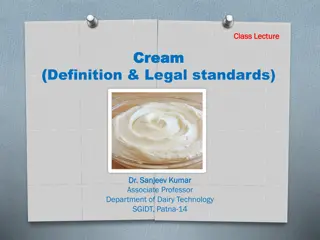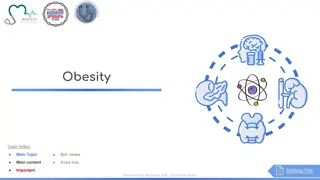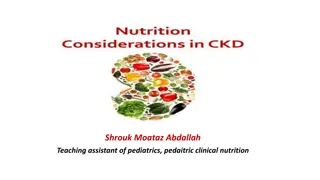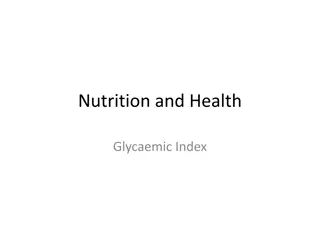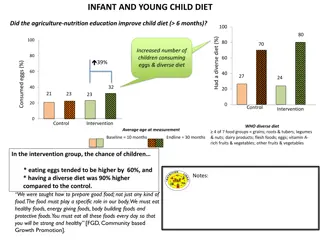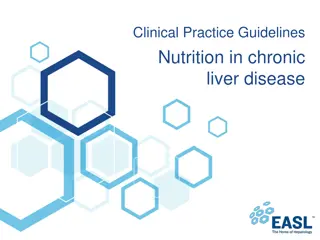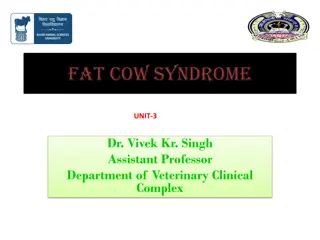Understanding Fat Intake and Nutrition Guidelines
Explore the importance of fat intake in nutrition, calculate percentage of calories from fat, learn about recommended fat intake percentages, and understand calorie content in fats, proteins, and carbohydrates. Discover how to calculate fat in foods and determine daily calorie needs based on activity level and weight.
Download Presentation

Please find below an Image/Link to download the presentation.
The content on the website is provided AS IS for your information and personal use only. It may not be sold, licensed, or shared on other websites without obtaining consent from the author. Download presentation by click this link. If you encounter any issues during the download, it is possible that the publisher has removed the file from their server.
E N D
Presentation Transcript
NUTRITION: Percent Fat PPT http://www.youtube.com/watch?v=-ZzBUbwxfL0&safety_mode=true&persist_safety_mode=1
McDonalds Menu Activity Food 1. Hamburger 2. Med. Fry 3. Large Coke 4. 3 Ketchup Pkts Calories Total fat (g) Totals:
AVERAGES TEEN GIRLS 2000 73 TEEN BOYS 2800 93 Avg. calories Avg. total fat (g) Problem: Trish is a 16-year old female that is 5 4 and weighs 105 pounds. She gets less than 30 minutes of physical activity per day and wants to know approximately how many calories she should consume? A. 1000-1200 C. 1800-2000 B. 3200-3400 D. 4500-4700
Figuring Out Foods % of calories from FAT (9X/Y)100 X= Total Fat Grams per serving (You multiply by 9 since there are 9 calories per gram of fat.) Y= Total calories per serving Multiply above answer by 100 = % Fat Skippy Peanut Butter 16 grams of fat, 190 calories per serving (9X16/190)100= (144/190)100= (.7578)100= =75%
FAT INTAKE USDA (United States Department of Agriculture) recommends daily percent fat intake to be anywhere from 20-35% (no more than 35). ~10% Saturated (animal fats) ~20-25% unsaturated (fats from vegetables) A high intake of fat (greater than 35 percent of calories) generally increases saturated fat intake and makes it more difficult to avoid consuming excess calories. A low intake of fats and oils (less than 20 percent of calories) increases the risk of inadequate intakes of vitamin E and of essential fatty acids and may contribute to unfavorable changes in high-density lipoprotein (HDL) blood cholesterol and triglycerides.
MATCH THE ANSWER How many calories are there in one pound of fat? How many calories are there per gram of fat? How many calories per gram of Protein? How many calories per gram of Carbohydrates? ANSWERS: A. 4 B. 3,500 C. 9 D. 4 1. 2. 3. 4.
1) B: 3,500 2) C: 9 3) A or D : 4 4) A or D: 4
